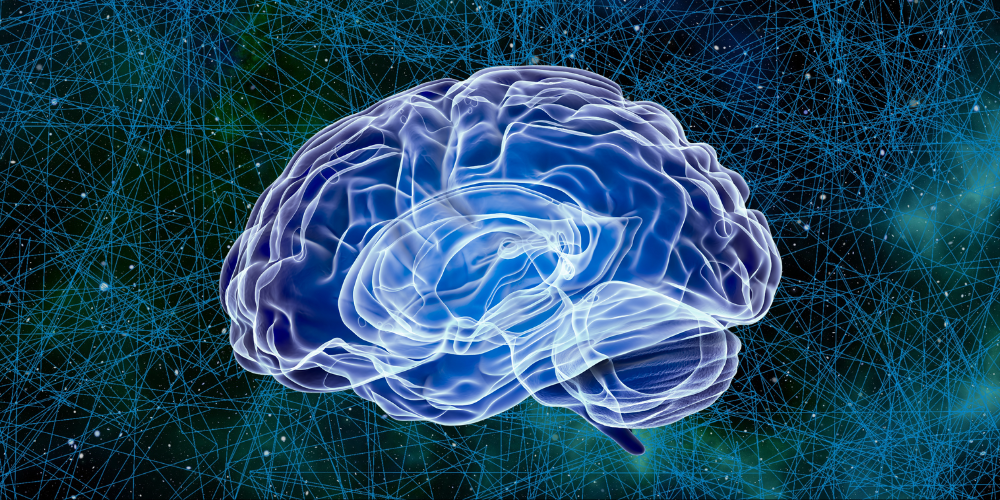Has Intel Created a Human Brain? Meet Hala Point
Intel’s Hala Point stands as the world’s largest neuromorphic computer, emulating the human brain’s intricate processes to offer unprecedented AI capabilities and efficiency.
Intel has introduced Hala Point, the world's largest neuromorphic computer, showcasing a significant leap towards emulating the human brain's functionalities. This system, designed to mimic the brain's ability to process and store information simultaneously, marks a revolutionary departure from traditional computing architectures which separate these functions.
Hala Point, powered by 1,152 of Intel's Loihi 2 processors, comprises a staggering 1.15 billion artificial neurons and 128 billion synapses. This enables it to perform 380 trillion synaptic operations per second, a scale unmatched by any existing machine. The architecture of Hala Point eliminates the need for data shuttling between processors and memory, vastly increasing processing speed and efficiency.
The energy efficiency of Hala Point is another of its standout features. Intel claims that it consumes 100 times less energy than conventional computers when solving optimisation problems, and processes data at speeds 50 times faster than traditional GPU and CPU setups. This makes it not only a powerhouse in terms of computational capacity but also a greener, more sustainable option for advanced AI research and development.
Currently, Hala Point is not available to the public and remains in the domain of select academic and research institutions that are part of Intel's Neuromorphic Research Community. This controlled deployment is aimed at enhancing the capabilities of Hala Point and gathering valuable feedback for further advancements.
The potential applications of neuromorphic computing are vast. Intel envisions that systems like Hala Point will be able to support AI models that learn continuously and adaptively, rather than requiring retraining for each new task. This continuous learning approach could dramatically alter the landscape of artificial intelligence, making it more akin to human learning processes.
Intel's development of Hala Point is not just a technological achievement; it represents a shift towards more efficient, sustainable, and potentially transformative computing technologies that could one day bring us closer to achieving artificial general intelligence.











